Article: Dating Antique Jewelry from the 18th to 20th Century
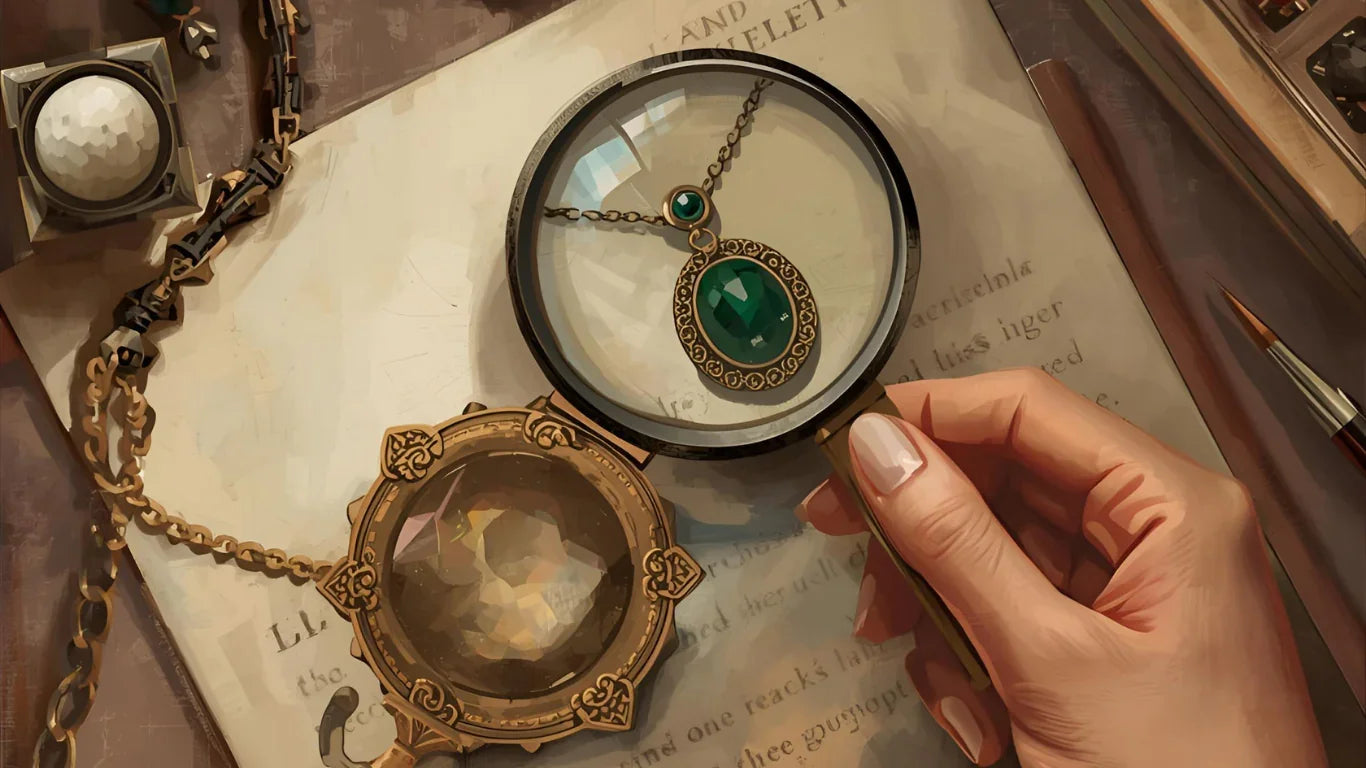
Dating Antique Jewelry from the 18th to 20th Century
For antique jewelry enthusiasts and collectors, dating a piece correctly can unlock its story, craftsmanship, and value. From the ornate elegance of the Georgian era to the bold geometry of Art Deco and the charm of Retro jewelry, each period has distinct features that reflect its time. Here’s a guide to help you date antique jewelry from the 1700s to the mid-1900s.
1. Georgian Era (1714–1837)
Date Range: 1714–1837 (Named after the reigns of Kings George I–IV and William IV)
Key Characteristics:
-
Materials: High-karat yellow gold, silver, and closed-back settings with foiled gemstones.
-
Gemstones: Rose-cut and table-cut diamonds, flat-top garnets, topaz, and natural pearls were popular.
-
Design Style: Highly ornate with nature-inspired motifs like leaves, flowers, and ribbons. Handcrafted pieces often had a romantic and delicate feel.
-
Techniques: Repoussé (hammered designs), cannetille (intricate wirework), and miniature portrait jewelry.
Dating Tip: Georgian jewelry rarely has hallmarks; look for handcrafted elements and signs of age such as irregular stone cuts and worn gilding.
2. Victorian Era (1837–1901)
Date Range: 1837–1901 (Reign of Queen Victoria)
Victorian jewelry is divided into three distinct periods reflecting changes in fashion and sentiment:
a. Early Victorian / Romantic Period (1837–1860)
-
Style: Sentimental and romantic, featuring hearts, flowers, snakes (symbolizing eternity), and crescent moons.
-
Materials: Gold, seed pearls, turquoise, and colored gemstones.
-
Gem Cuts: Old mine-cut diamonds and cabochons.
b. Mid-Victorian / Grand Period (1860–1885)
-
Style: Heavier and more somber due to Prince Albert’s death in 1861; mourning jewelry became popular.
-
Materials: Jet, onyx, garnets, and black enamel.
-
Designs: Lockets, cameos, and memorial rings with hairwork details.
c. Late Victorian / Aesthetic Period (1885–1901)
-
Style: Lighter and more whimsical with stars, bows, and insect motifs.
-
Materials: Diamonds and colored gemstones like sapphires and peridots became widely available with improved mining.
Dating Tip: Check hallmarks introduced in this period and look for symbolic motifs reflecting love, mourning, or nature.
3. Art Nouveau (1890–1910)
Date Range: 1890–1910
Key Characteristics:
-
Design Style: Artistic, flowing lines inspired by nature—dragonflies, flowers, butterflies, and feminine figures.
-
Materials: Gold, enamel, moonstone, opal, and pearls were common.
-
Techniques: Plique-à-jour enamel (stained-glass effect) and elaborate metalwork.
-
Influence: Artists like René Lalique elevated jewelry to wearable art.
Dating Tip: Look for organic forms, asymmetry, and pastel-colored enamels that set Art Nouveau apart from the rigid Victorian designs.
4. Edwardian Era / Belle Époque (1901–1915)
Date Range: 1901–1915 (Reign of King Edward VII and overlapping with Europe’s Belle Époque)
Key Characteristics:
-
Design Style: Elegant, refined, and feminine—delicate openwork designs that seemed light and airy. Lace-like, garland, and bow motifs were hallmarks.
-
Materials: Platinum became the favored metal, often paired with gold. Diamonds and natural pearls were dominant.
-
Techniques: Advanced platinum work allowed jewelers to create intricate filigree and millegrain detailing, giving jewelry a delicate yet strong structure.
-
Influence: Reflects the optimism and luxury of the Belle Époque, a time of prosperity and artistic flourishing before World War I.
Dating Tip: If the piece feels “lace-like” with platinum filigree, bows, and garlands set with diamonds and pearls, it’s likely Edwardian.
5. Art Deco (1920–1939)
Date Range: 1920–1939
Key Characteristics:
-
Design Style: Bold, geometric shapes, symmetry, and streamlined designs reflecting modernism and glamour.
-
Materials: Platinum and white gold, with diamonds, sapphires, emeralds, and rubies.
-
Gem Cuts: Transition to modern brilliant cuts, baguette, and emerald cuts.
-
Influence: Jazz Age, skyscraper architecture, and machine-age aesthetics.
Dating Tip: If it has bold colors, straight lines, and a mix of diamonds with onyx or colored gemstones, it likely belongs to the Art Deco era.
6. Retro Era (1939–1950s)
Date Range: 1939–1950s
Key Characteristics:
-
Design Style: Glamorous, bold, and influenced by Hollywood during and after World War II.
-
Materials: Rose gold became popular due to platinum shortages; synthetic rubies and aquamarines were common.
-
Designs: Oversized cocktail rings, tank bracelets, and romantic motifs like bows and hearts.
Dating Tip: Retro jewelry often features large, three-dimensional designs with a mix of yellow, rose, and green gold.
Quick Reference Table for Dating Antique Jewelry
| Era | Date Range | Common Materials | Design Style | Hallmarks & Clues |
|---|---|---|---|---|
| Georgian | 1714–1837 | High-karat gold, silver | Nature motifs, repoussé | Handcrafted, no hallmarks |
| Victorian | 1837–1901 | Gold, pearls, jet | Romantic, mourning, aesthetic | Hallmarks from mid-1800s |
| Art Nouveau | 1890–1910 | Gold, enamel, opal | Organic, flowing lines | Pastel enamels, asymmetry |
| Edwardian / Belle Époque | 1901–1915 | Platinum, diamonds, pearls | Lace-like, garlands, bows | Fine platinum filigree, millegrain detail |
| Art Deco | 1920–1939 | Platinum, diamonds | Geometric, symmetrical | White metals, bold colors |
| Retro | 1939–1950s | Rose gold, synthetic stones | Bold, glamorous, oversized | Hollywood-inspired motifs |
Final Thoughts
Dating antique jewelry requires a mix of historical knowledge, an eye for design details, and sometimes expert verification. Each era tells a story—from the romance of Victorian lockets to the elegance of Edwardian platinum lace and the modernism of Art Deco. Understanding these characteristics can help you appreciate and identify authentic antique pieces.
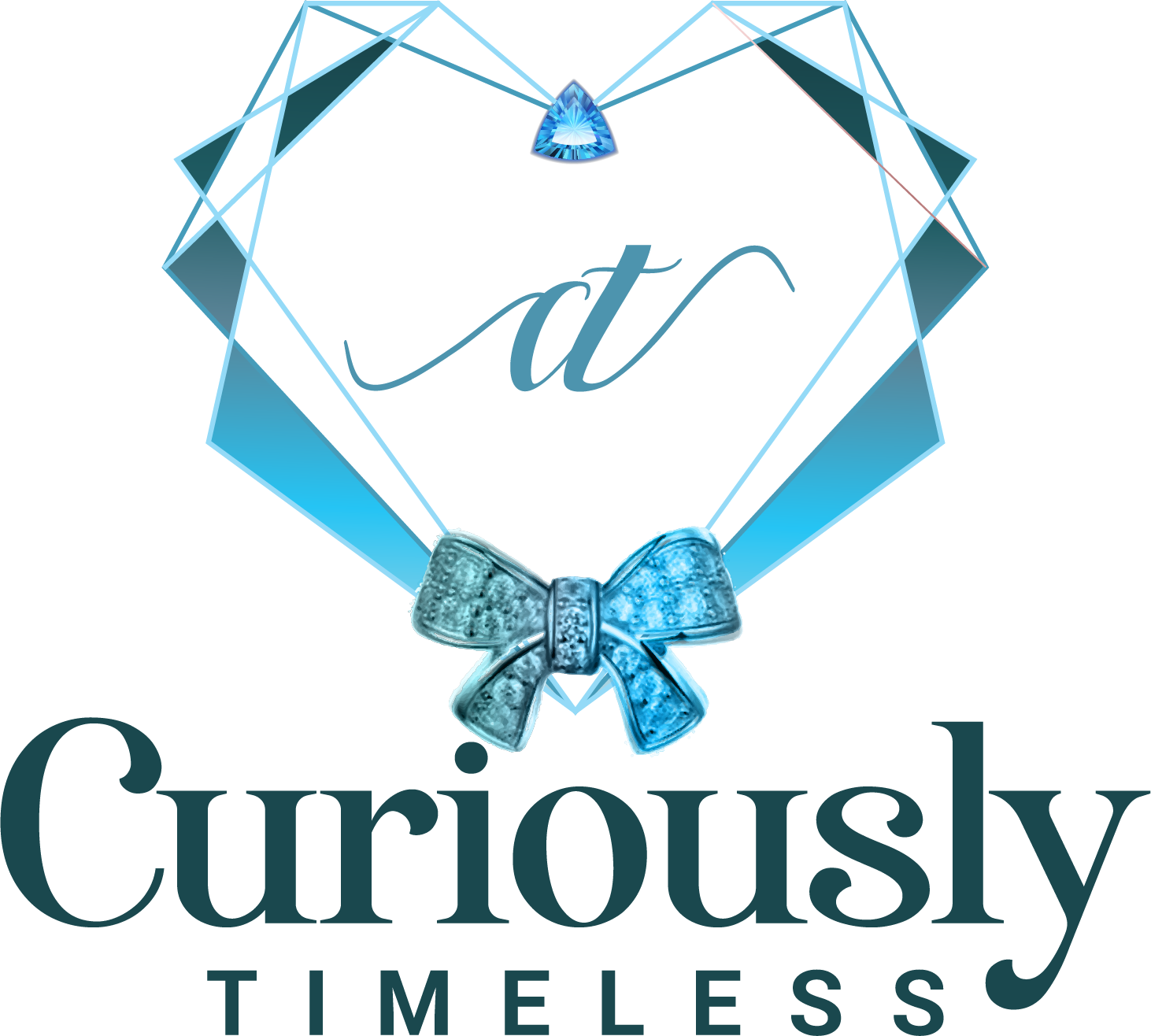
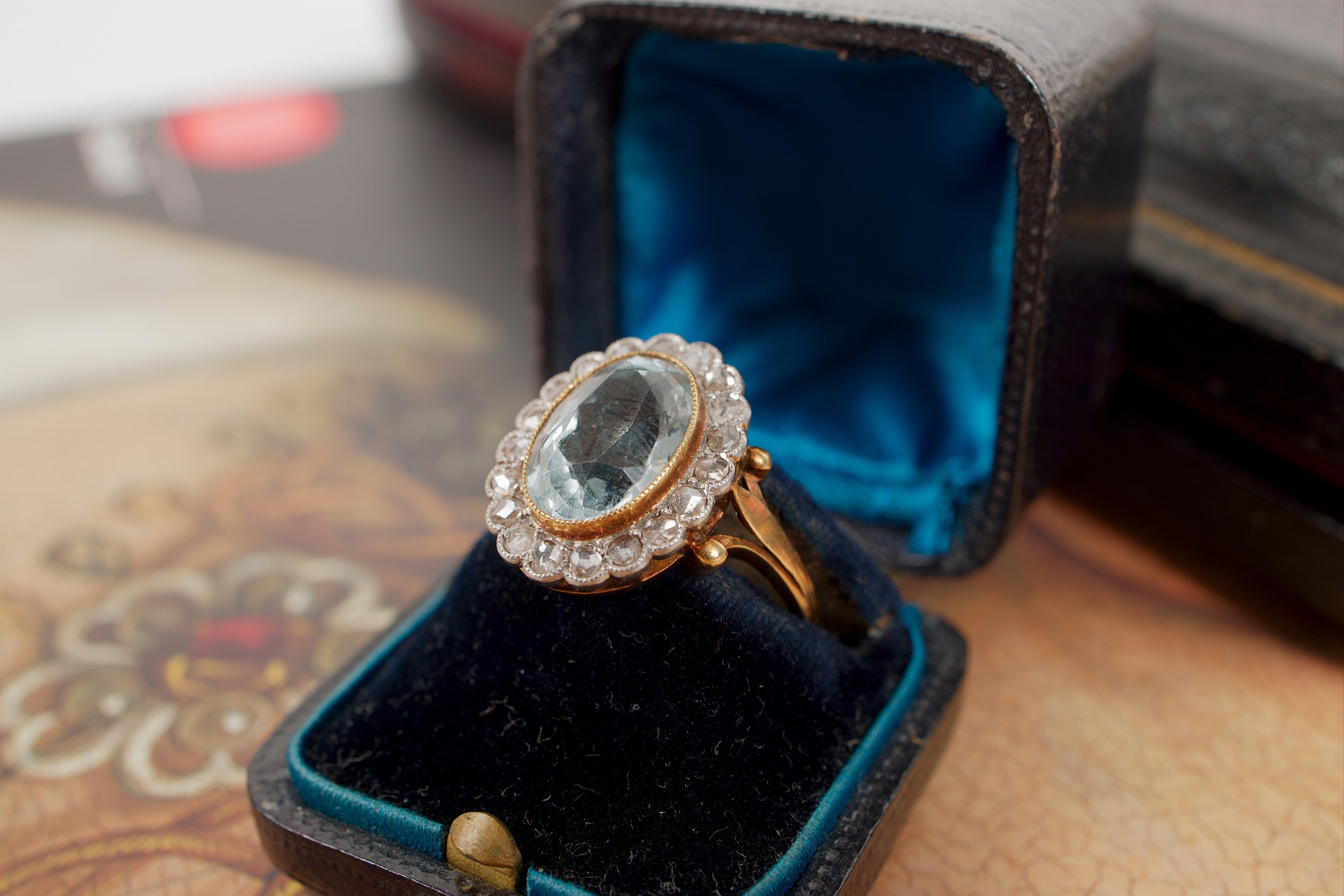
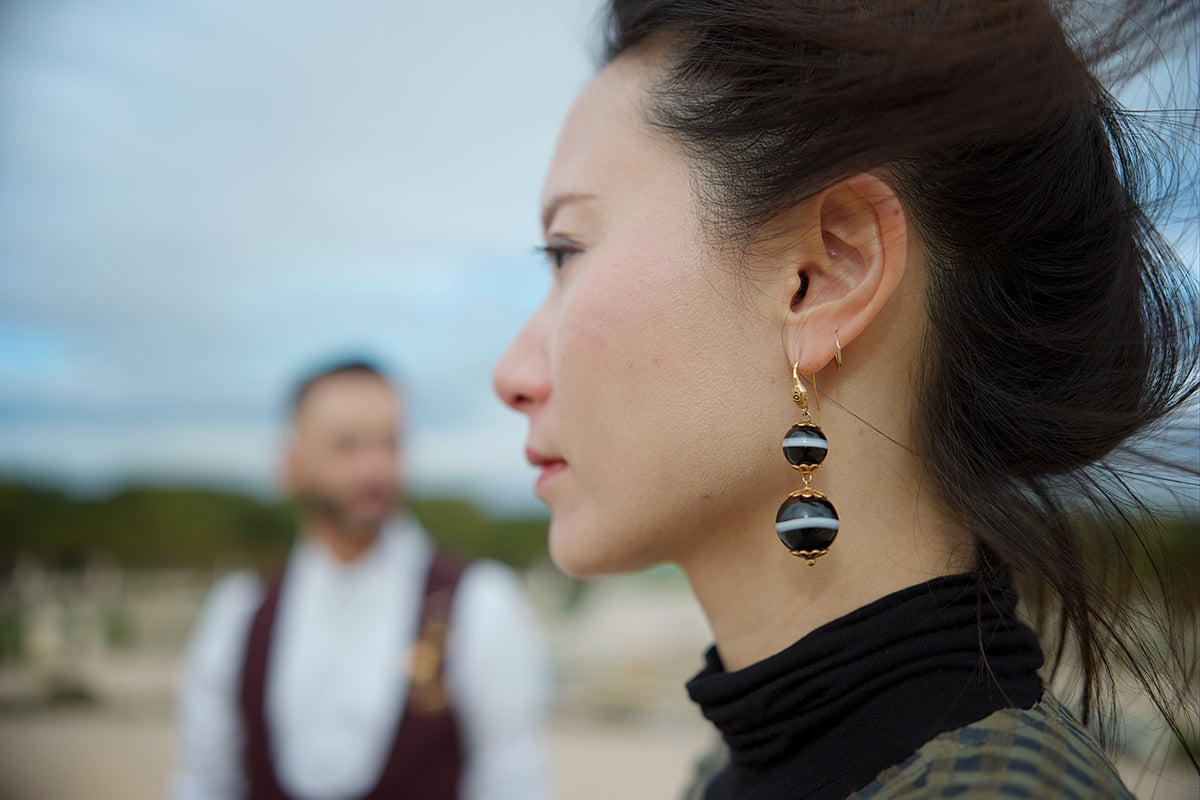
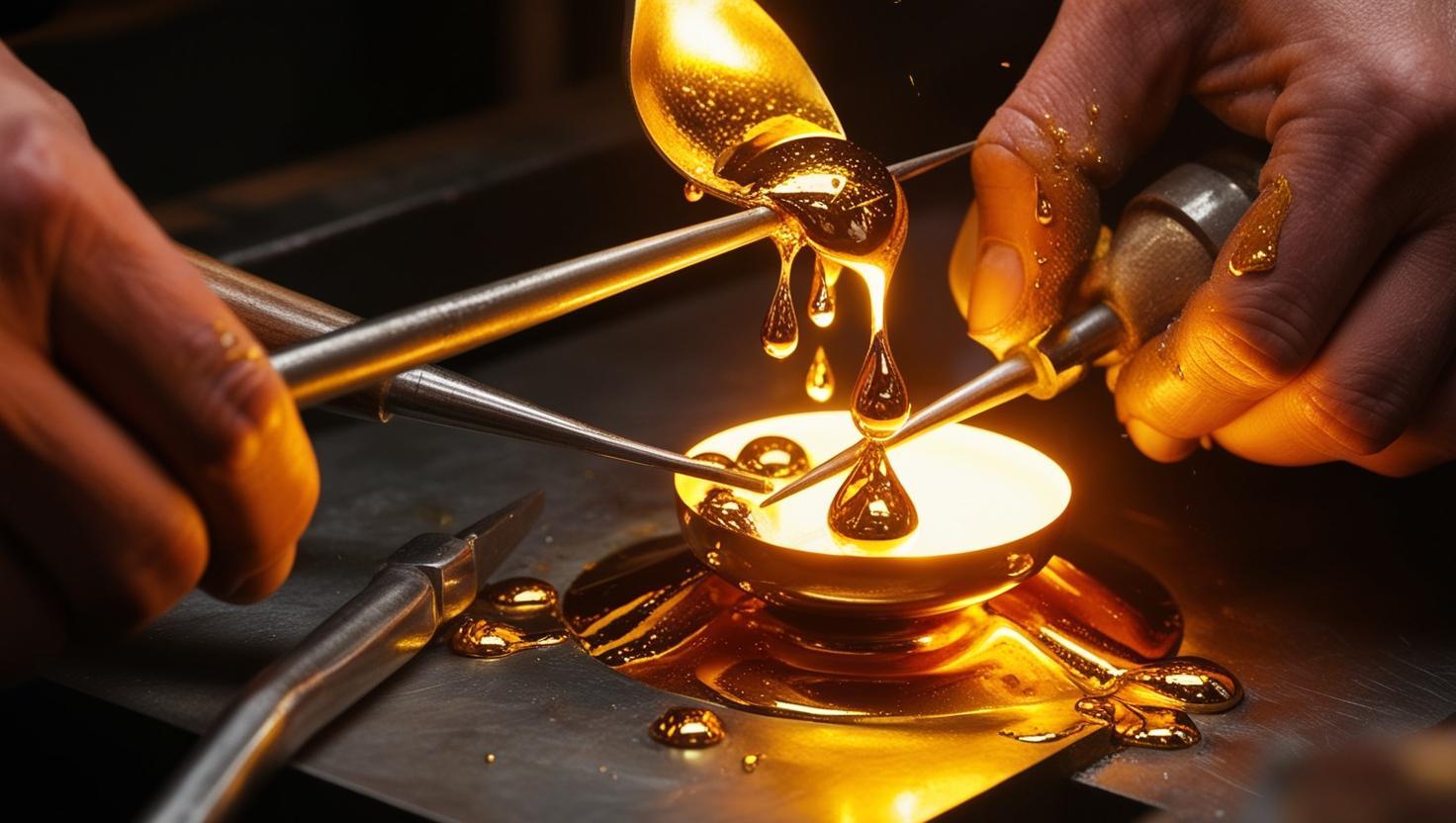
1 comment
Absolutely wonderful reference article!!!!
Well- done and Merci!
Bisous
Unicorn Grandma
Leave a comment
This site is protected by hCaptcha and the hCaptcha Privacy Policy and Terms of Service apply.